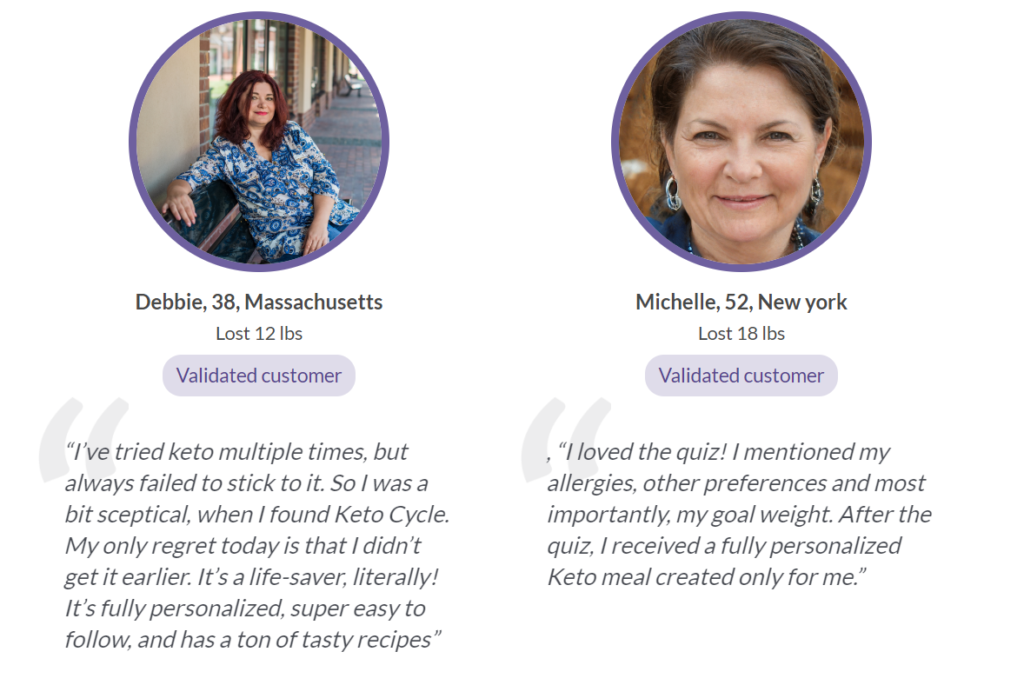[ad_1]
Each year, around 10 liters of pure alcohol (ethanol) are consumed per capita in the United States.(1) And in fact, athletes also like to relax with a glass of wine or beer occasionally. But do alcohol and exercise go well together? These are the seven most important rules you should follow if you don’t want your drinking to hurt your athletic performance:
1. Moderation is the name of the game
If enjoyed in moderate amounts, alcohol is also “allowed” for athletes and leisure athletes. Yet there is no scientific consensus on where to draw the line between healthy alcohol consumption and the point where it affects your training.(2) We do know, however, that women should drink less. Due to the lower body mass, higher fat percentage, and reduced enzyme activity (alcohol dehydrogenase), the female body digests less alcohol than the male body.
Common recommendations for moderate alcohol consumption without health risks:
- 10g of alcohol (⅛ of wine) for women
- 20g (¼ of wine or 0.3L of beer) for men per day(3)
In general, it’s advised to avoid daily alcohol consumption when doing sports, though.
2. Keep an eye on the calories
Alcohol is often an underestimated source of calories. 1 gram of alcohol contains 7 calories, compared to 1g of fat with 9 calories. Therefore, 0.5 liters of beer contain 200 calories. To “work off” that beer, you would need to go for a 30-minute run. Calories we don’t burn are stored in the body. Cocktails containing cream, sugary syrups, or cordials are especially high in fat and sugar – they’re the calorie bombs among alcoholic drinks.
3. Stay hydrated
Alcohol promotes the excretion of water via your kidneys. This can lead to quicker dehydration of your body, thereby altering your mineral balance (e.g. potassium, magnesium, zinc). If your muscles are missing those minerals, their performance will drop! A rule of thumb: Accompany every glass of beer or wine with a glass of water. This doesn’t just make you drink less alcohol, but also helps to save on calories. And remember, you need to replenish the electrolytes and liquids you lose when sweating during your workout. This best works with isotonic drinks – drinks with the same salt composition as your body’s fluids. Due to this characteristic, they are perfectly suited to fill up on water and minerals post-workout.
4. Avoid alcohol during intense training & competition phases
Scientists found that even a moderate alcohol intake can reduce muscular strength. In a study, men drank 1 gram of vodka with orange juice per kg of body weight after a workout. For the average man, this corresponds to 6 vodka shots. Then, 36, and again 60 hours later, they had to prove their strength while being compared to a control group. The study revealed that the strength values of the alcohol-drinking test persons were significantly below those of the control group despite granting both groups the same time for recovery.(5) This means you should do without alcohol during especially intense training periods. And make sure you avoid alcohol (or just have a very reduced amount) within the last 48 hours prior to a competition.
But what if you overdo it by accident?
We’ve got tips on what to consider when you’re exercising with a hangover.
If you want to build muscle, combining alcohol and exercise is not a good idea. Studies show that drinking after working out reduces muscle protein synthesis, thereby impairing recovery and hindering muscle growth.(6)
5. Improve recovery & prevent injury
There’s no clear limit indicating as of which amount of alcohol will negatively influence your recovery. However, alcohol consumption is often linked to cramps, makes you more prone to suffer injuries and prolongs the healing process. To be on the safe side, opt for the alcohol-free version during intense training periods, or times where your training requires a high mileage.
6. Get enough shut-eye
Excessive amounts of alcohol and those nights you spend on the dance floor affect your mental focus, endurance, coordination and, therefore, your overall performance. Too little sleep combined with alcohol consumption put your body under stress. Make sure you find enough time for recovery!
7. Alcohol-free beer – a great alternative
Beer is often praised as the ideal drink to fill up on minerals and carbs after a competition. Getting in the minerals and carbs you lost and burned is definitely vital. However, the alcohol contained in beer slows down the process of filling your body’s deposits, which is the prerequisite for recovery and further training sessions. Therefore, opt for the alcohol-free alternative! Most non-alcoholic beers are isotonic, making them perfect to get in those electrolytes and liquids you lost. But keep in mind that even alcohol-free beer contains up to 0.5% of alcohol. Try it with orange juice next time! The American College of Sports Medicine found that OJ contains 4 times as much potassium and 3 times as many carbs as beer. Compared to good old orange juice, you’d need to drink 11 glasses of beer to reach the daily recommended amount of B Vitamins.
Conclusion
The occasional drink in moderation is not a problem – even for athletes. However, if you want to improve your performance, build muscle, or are training for a race, steer clear of the bottle.
***
[ad_2]
Source link
